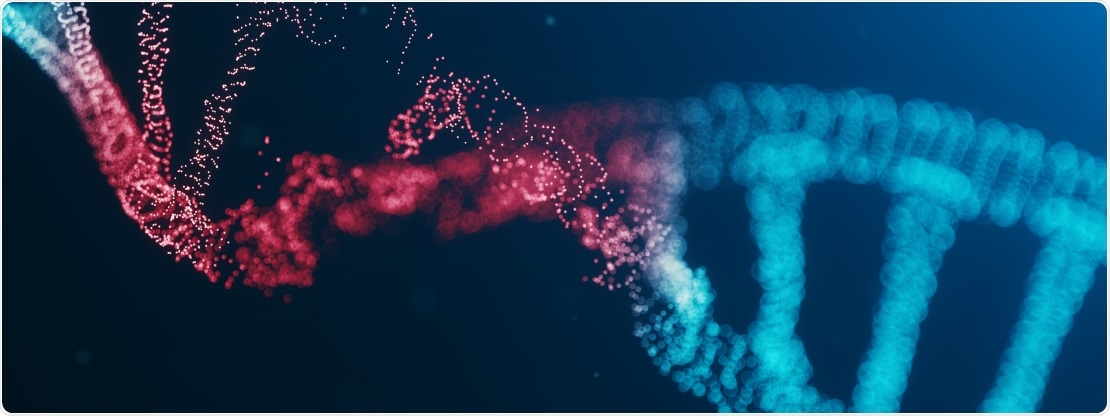When something unexpected happens with DNA replication, cells call their own form of 911 to stop the process and rectify the problem—a failsafe that is essential for sustaining health and avoiding disease.

Image Credit: Van Andel Institute
Scientists from the Van Andel Institute and The Rockefeller University have now disclosed for the first time how a critical component of this repair mechanism, the 911 DNA checkpoint clamp, is brought to the site of DNA damage.
The findings, published in Nature Structural and Molecular Biology, provide new insights into the way cells guarantee appropriate transfer of genetic instructions from one generation of cells to the next.
Huilin Li, PhD, of Van Andel Institute, and Michael E. O’Donnell, PhD, of The Rockefeller University and Howard Hughes Medical Institute, were the study’s co-corresponding authors.
DNA damage can have severe consequences, including cancer and other diseases. Because of this, our cells have a host of checks and balances to ensure DNA integrity. Our high-resolution structure of the 911 DNA checkpoint clamp as it interacts with the molecule that loads it onto the DNA strand gives us a detailed look at the essential process of DNA repair.”
Huilin Li, Ph.D., Study Co-Corresponding Author, Van Andel Institute
“We hope these insights can be leveraged toward the development of new therapeutic strategies for diseases linked to DNA damage,” Li added.
Every day, the human body replaces billions of cells through cell division, a procedure in which one cell divides into two. This essential function promotes the growth and maintenance of tissues like skin and muscle. DNA replication is a critical component of this system, as it ensures that each cell has an appropriate copy of the genetic operating manual.
Errors in this mechanism or other variables that directly disrupt DNA, such as exposure to UV light from the sun or toxins like tobacco smoke, can cause DNA damage. When a cell is damaged, it has emergency reaction systems that either ceases replication until the problem is fixed or kills the cell, prohibiting the false information from being carried on.
The 911 DNA checkpoint clamp is useful in this situation. The ring-shaped clamp is loaded onto the DNA and transferred to the region of the error when DNA damage is identified. It then transmits a signal to cell division to stop, as well as signaling other repair molecules to extract the damaged DNA and fix it with a corrected sequence.
VAI’s cryo-electron microscopes (cryo-EM) were used to define the structure, which helps researchers to see molecular structures at the atomic scale. Cryo-EM showed another revelation in the case of the 911 DNA checkpoint clamp: instead of loading onto DNA from the 3’ (or “three prime”) end, just like other known DNA clamps do, the 911 clamp loads onto DNA from the 5’ (“five prime”) end.
This surprising discovery reshapes the understanding of DNA replication and paves the way for more research in this area.
Source:
Journal reference:
Zheng, F., et al. (2022) DNA is loaded through the 9-1-1 DNA checkpoint clamp in the opposite direction of the PCNA clamp. Nature Structural and Molecular Biology. doi.org/10.1038/s41594-022-00742-6.